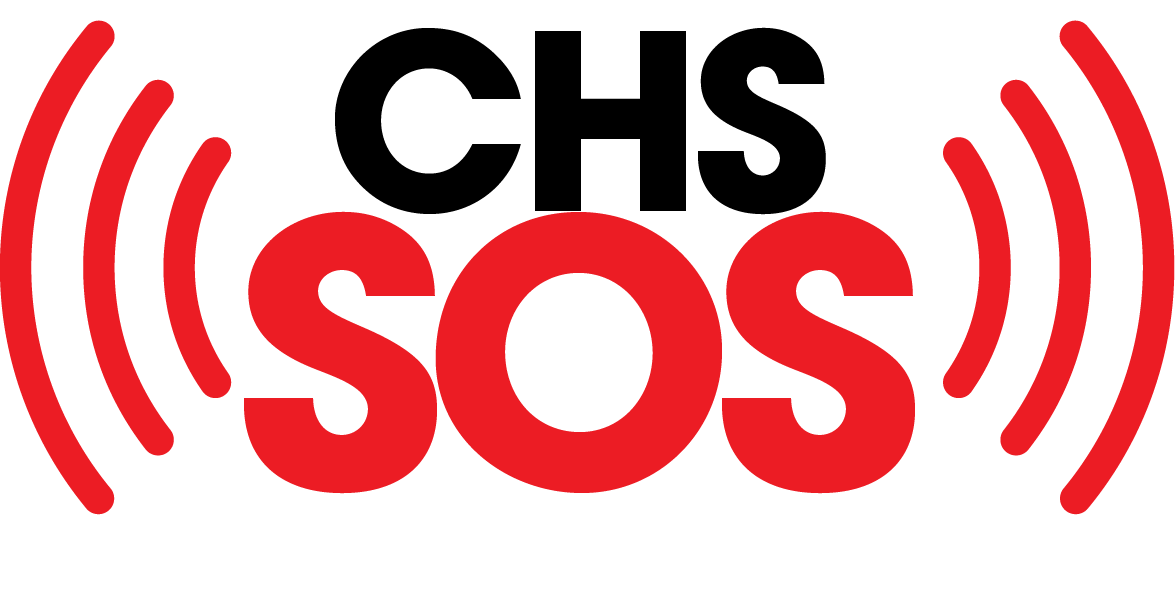Understanding Cannabinoid Hyperemesis Syndrome (CHS)
Getting the lowdown on Cannabinoid Hyperemesis Syndrome (CHS) matters a lot for folks dealing with this tough condition. By knowing what’s what and spotting the tell-tale signs of CHS, people can better handle it and find the right help.
Overview of CHS
Cannabinoid Hyperemesis Syndrome (CHS) isn’t your everyday ailment. It’s marked by relentless waves of nausea, throwing up, and belly aches for those who use the leafy green stuff—particularly cannabis. What’s quirky about CHS is that it’s like a bad dream on repeat, with phases: the beginning sneak-up (prodromal), full-on sickness (hyperemetic), and feel-better time (recovery). Getting to know these stages is key to spotting and dealing with CHS the right way.
The main strategy for ditching CHS is to completely quit cannabinoids—it’s the only surefire way to kick the syndrome for good PubMed Central. Stopping intake is crucial to stop the symptoms dead in their tracks and get better long-term.
Symptoms of CHS
Signs of Cannabinoid Hyperemesis Syndrome are like a gut-wrenching rollercoaster that can really throw a wrench in someone’s daily groove. Common symptoms look like this:
- Endless nausea
- Intermittent puking
- Tummy woes or discomfort
- Feeling parched
- Shedding weight
- Needing hot showers like they’re a lifeline
Anyone going through this should holler for a doctor to get a solid check-up. Spotting these symptoms is the first step in the right direction to get things under control and tweak your daily routine to feel better.
Grasping the ins and outs of CHS and realizing the need to quit cannabinoids is key for a life minus these troubles. By spreading the word about what CHS is all about, people can arm themselves with the knowledge to make smart calls for their health. For a thorough rundown on beating and handling CHS, peep our read on nailing down CHS management.
Treatment Approaches for CHS
Dealing with Cannabinoid Hyperemesis Syndrome (CHS) is like sorting through life’s nasty surprises. Finding the right treatment path can feel like hunting for a needle in a haystack. Yet, there are two main ways to tackle CHS: steering clear of cannabinoids completely and the careful use of nausea-busting meds.
Abstinence as the Primary Treatment
Kicking cannabinoids out of your life is step numero uno on this wild ride to kicking CHS to the curb. As noted by PubMed Central, the only fail-safe way to say “adios” to CHS is by avoiding cannabis and its pals like the plague. Quitting these substances halts CHS right in its tracks, making room for a chance at a healthier tomorrow.
Efficacy of Antiemetic Drugs
Traditional nausea meds often end up being as useful as a chocolate teapot when dealing with CHS. However, some star players in the medication world, like certain calming and sleep-inducing types, have shown they can do a solid job at soothing nausea and the throw-up tango linked with CHS (PubMed Central). These magic pills can take the edge off symptoms, making life a tad more manageable for folks wrestling with CHS.
Mixing up the strategy by cutting out cannabinoids and getting the right meds can be your golden ticket to managing CHS. By teaming up with healthcare pros and sticking to the game plan, people can make big strides toward waving goodbye to CHS for good.
Managing CHS Symptoms
For those tussling with Cannabinoid Hyperemesis Syndrome (CHS), sorting out ways to get relief can make a world of difference. CHS might be a tough nut to crack, but zeroing in on methods to reduce the symptoms can make life a whole lot more livable. Two popular ways folks are coping include popping some anxiolytic and sedative meds or hopping into a steamy shower.
Anxiolytic and Sedative Drugs
Turns out, taking a chill pill might actually help when dealing with CHS. Meds like benzodiazepines and antipsychotics can ease things up during those gnarly phases of CHS and Cyclical Vomiting Syndrome (CVS) (PubMed Central).
These drugs can help by either getting to the root of the CHS issue or just helping you catch some Z’s. But don’t go rifling through the medicine cabinet just yet – always check in with your doc before diving into these treatments, to keep things safe and sound.
Hot Showers for Symptom Relief
Here’s a nifty trick that doesn’t involve meds: hot showers. Lots of folks dealing with CHS swear by them to ease nausea and tummy trouble. Something about the heat just calms everything down, gets those muscles to loosen up, and brings some peace to a chaotic body.
Hot showers are simple, anybody can do them, and they pack a punch in terms of relief, working them into your daily routine might just be the way to go. It’s a natural way to hit pause on the persistent knocks of nausea and get a wee bit of comfort.
With a doctor’s go-ahead on the meds side and the soothing magic of hot showers, folks with CHS have a solid game plan. Throw in some lifestyle tweaks and a bit of holistic thinking, and you’ve got a solid strategy for handling the ups and downs of CHS, all while keeping an eye on the bigger picture of recovery and feeling better.
Challenges in Diagnosing and Treating CHS
Figuring out the diagnosis and treatment of Cannabinoid Hyperemesis Syndrome (CHS) is like sorting through a messy drawer, mainly due to issues around how common it is, making doctors aware, and distinguishing it from its evil twin conditions.
Prevalence and Underreporting
Getting a handle on how widespread CHS really is ain’t a walk in the park. It’s tricky because its symptoms like to play dress-up, pretending to be other stomach issues. Add to that the fact that many people, even the pros in white coats, might not even know what CHS is, leading to a whole lot of cases getting ghosted (PubMed Central).
This lack of awareness can leave folks getting the wrong diagnosis. So they may end up feeling lousy for a lot longer than necessary. Doctors need to hit the books on CHS and keep it in mind when a patient keeps coming back with repeat performances of nausea, vomiting, and a bellyache, especially if they’re long-time pals with Mary Jane.
Differentiating CHS from Cyclical Vomiting Syndrome
Separating CHS from the puzzling world of Cyclical Vomiting Syndrome (CVS) feels like playing a guessing game. Both bring the joy of frequent bathroom hugging and belly protests. Still, there’s a silver lining with CHS—quitting marijuana usually slams the brakes on the symptoms (PubMed Central). On the flip side, quitting cannabis doesn’t necessarily help CVS, so it requires its own unique playbook to manage.
Being able to tell if someone has CHS or CVS is key to figuring out how to tackle the beast effectively. Docs really need to dig through the person’s story, symptoms, and how they react when they stop using pot to make the right call for treatment.
Dealing with the hurdles in figuring out and treating CHS is super important, especially for those on the receiving end of this syndrome. By spreading the word, catching it early, and making sure it doesn’t get mixed up with its lookalikes, people can get a grip on the runaway rollercoaster of symptoms. More tips and tricks on tackling CHS can be found in our in-depth guide: the ultimate guide to treating and managing CHS.
Coping Strategies and Lifestyle Changes
Getting the upper hand on Cannabinoid Hyperemesis Syndrome (CHS) ain’t no easy ride, but it can sure be done. Spotting what sets you off and making changes to your day-to-day life are just the building blocks. By figuring out what drags you back into bad habits, you’re setting yourself up for a healthier life without this pesky syndrome.
Recognizing Triggers in Addiction Recovery
Triggers are like tripwires in recovery. Whether it’s tied to feelings, certain spots, or people, spotting these reminders of the past is key to dodging slip-ups. Getting a grip on them puts you in the driver’s seat, ready to tackle those tough moments head-on.
| Something Sets You Off | Examples |
|---|---|
| Emotional Triggers | Stress, anxiety, feeling low |
| Environmental Triggers | Specific places, parties, or hangouts |
| Social Triggers | Meeting certain folks, pressure from friends |
Having a chat with a therapist or counselor can help hatch some plans that steer clear of old habits. Figuring out how to think on your feet when these triggers pop up is a stepping stone on the road to kicking CHS for good.
Stages of Relapse and Prevention Strategies
Beating relapse is all about deliberate decisions to sidestep triggers and handle the rough patches. Spotting when you’re sliding down that slope, whether it’s in your emotions, body, or mind, means you’re one step ahead of the game.
-
Emotional Relapse: Here, it feels like those old friends—stress and anxiety—are turning up uninvited. They make it easier to slide back down the hill.
-
Physical Relapse: This is when acting on that itching urge to use can trip you up. Recognizing when this happens helps you shake those temptations safely.
-
Mental Relapse: When those sneaky thoughts of using weasel back into your head. Catching these early gives you a chance to call for backup before they spiral out of control.
A few strategies that keep you on track:
- Switch Up the Fun: Find new hobbies or passions to keep things lively.
- Take Setbacks in Stride: Instead of beating yourself up, see slip-ups as a motherboard for learning and bouncing back stronger.
- Tame the Feels: Learn to roll with the emotional punches so they don’t run you off course.
Recognizing those early signs of slipping and taking action helps you grow into a way of living that stays clean of CHS and its demands. Stick with your crew, look inward every now and then, and treat yourself kindly to surf recovery’s ups and downs with ease.
Community Health Workers and Self-Management
Managing Cannabinoid Hyperemesis Syndrome (CHS) ain’t a walk in the park, and that’s where Community Health Workers (CHWs) come to the rescue. They’re the unsung heroes supporting folks on the bumpy road to recovery. Let’s peek into what keeps them going and the bumps they hit along the path of self-management.
Challenges Faced by CHWs
CHWs have their fair share of hurdles when it comes to looking after their own health. According to the clever folks at the African Journal of Primary Health Care & Family Medicine, these challenges can range from dodgy self-management habits to downright lousy self-care.
Sometimes, personal quirks like acting lazy or not having enough pep in their step can trip them up. Getting past these inner roadblocks is crucial—not just for helping others but for their own well-being. After all, you gotta fit your own oxygen mask first, right?
Motivations for Joining Self-Management Programs
Despite the rocky road, CHWs are driven to hop into self-management programs to boost their health game. The African Journal of Primary Health Care & Family Medicine tells us that they’re in it for empowerment, building confidence, and getting their goals in line.
These programs are like a life toolbox for CHWs, helping them get clued up about their health, pick up snazzy coping skills, and blossom into better versions of themselves. Plus, it’s a chance for them to grow into their jobs and really dig into what makes them tick health-wise.
By tackling their own roadblocks and tapping into what drives them, CHWs not only lend a hand to those dealing with CHS but also show the power of sticking with self-care routines. Their commitment shines like a lighthouse, lighting the way for others to ditch CHS and live life on their own terms.



2 Comments